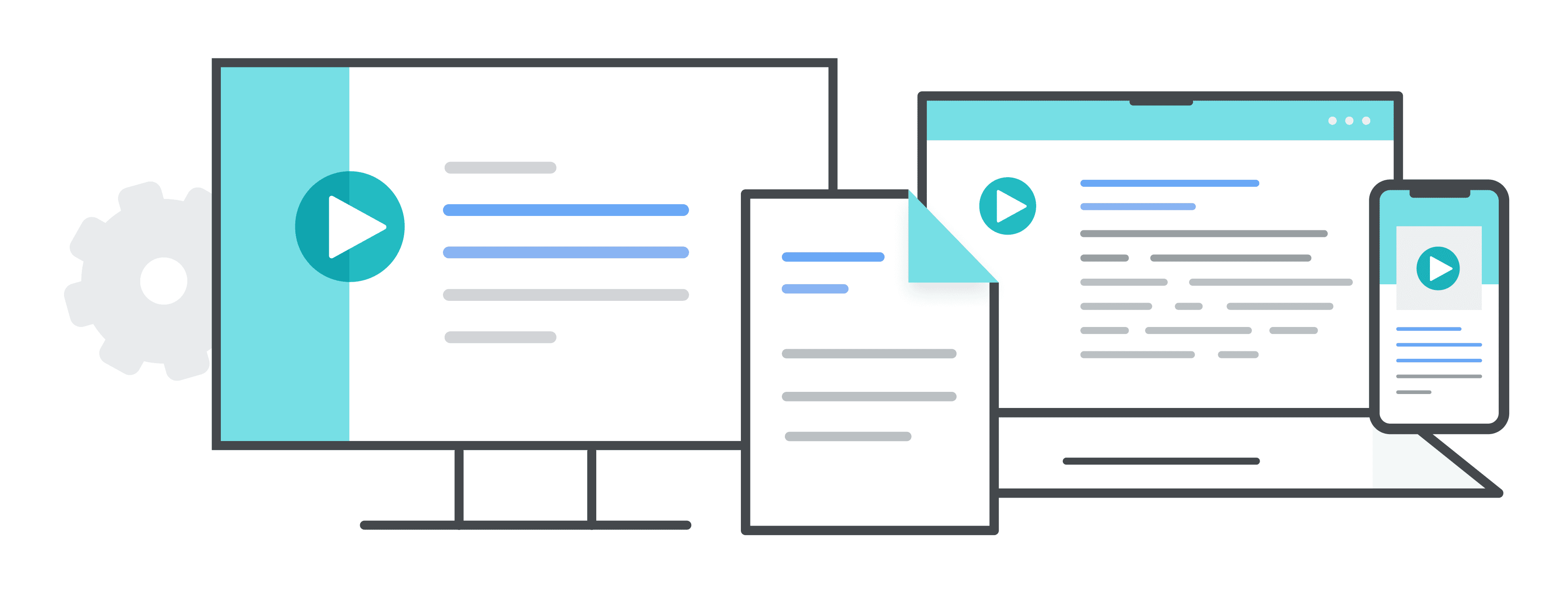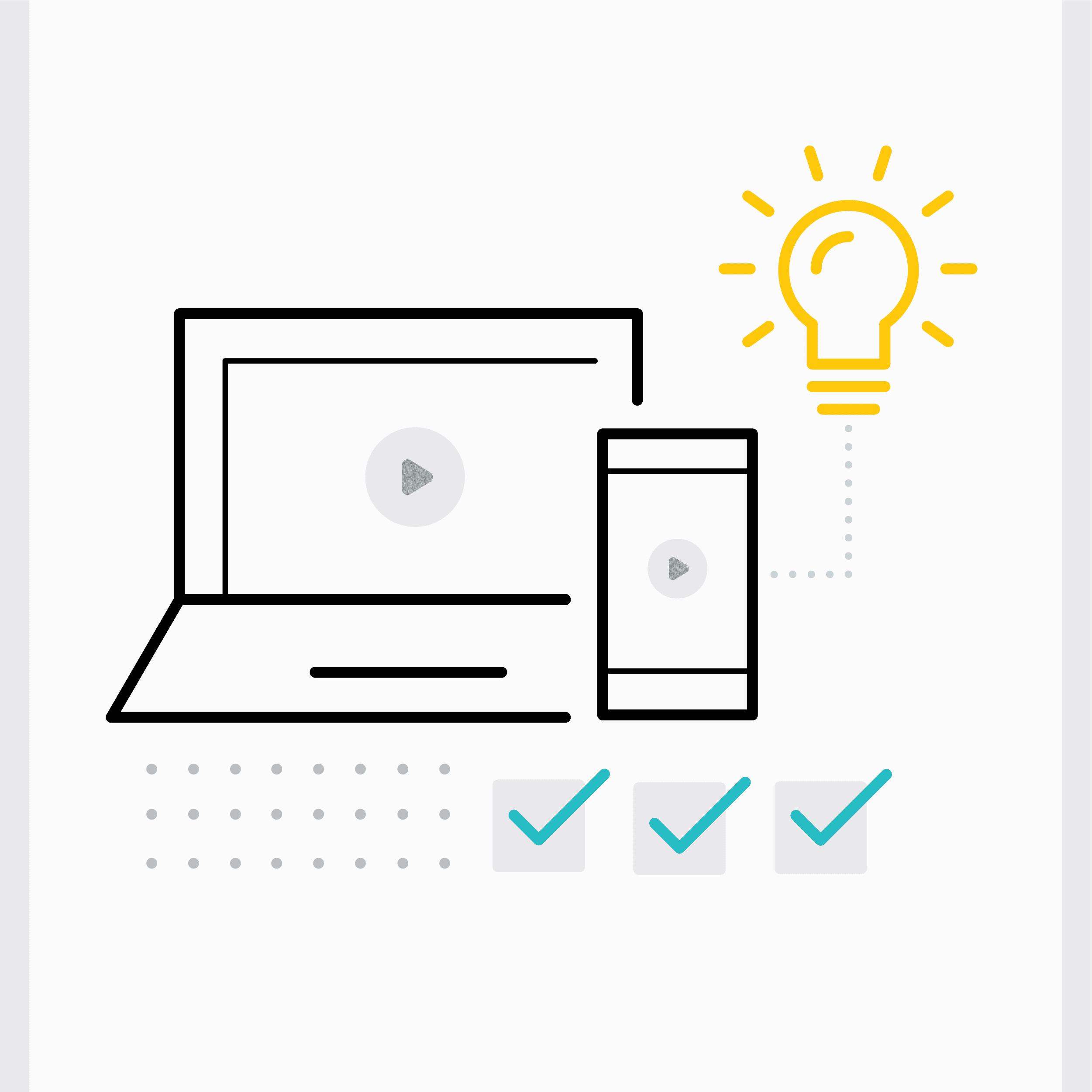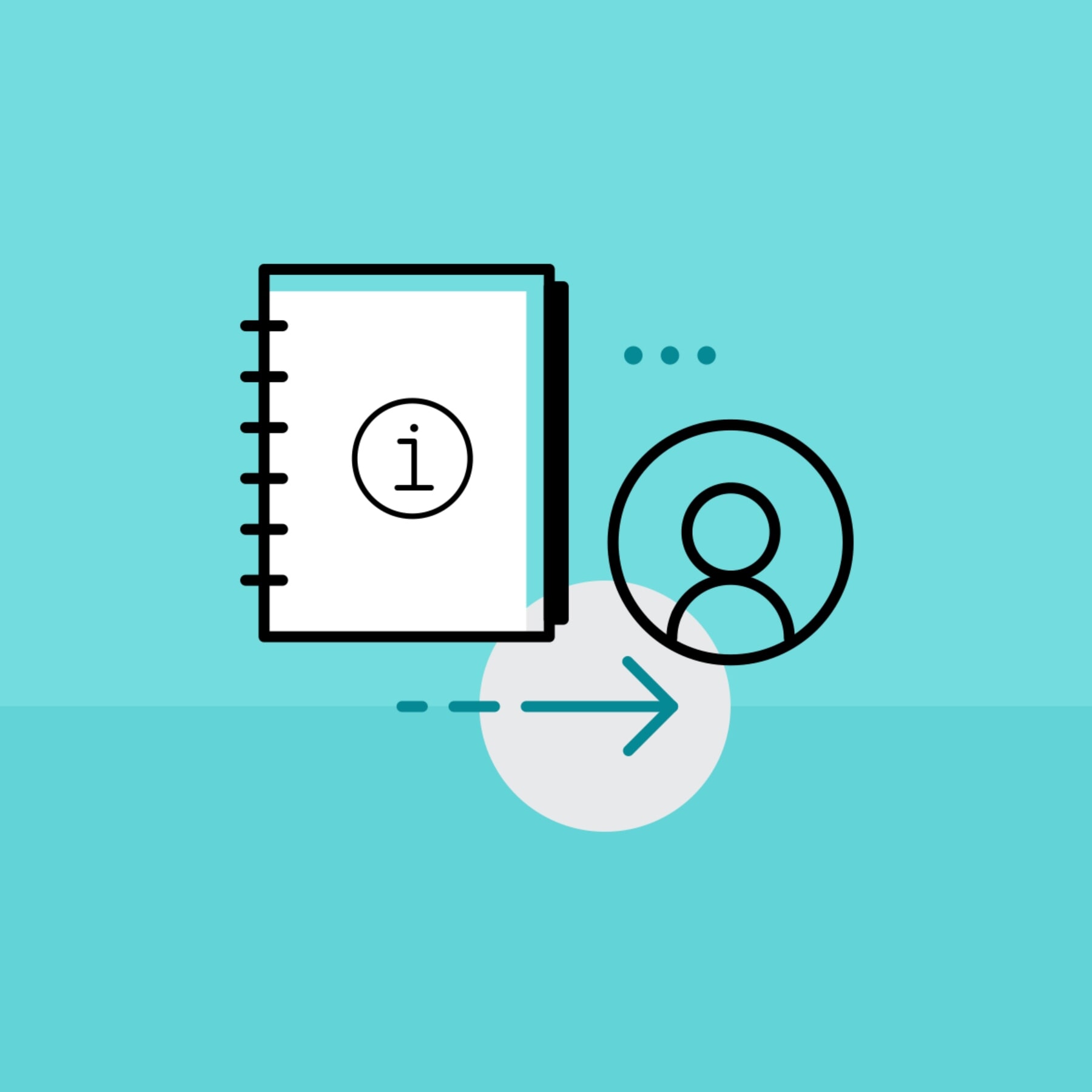Traditional technical employee training can often be dry, difficult to engage with, and hard to retain. For organizations, this means lower productivity and more resources spent on repeated training efforts. However, the integration of gamified training in employee development has emerged as a transformative solution.
Gamification isn't just a trend—it's a proven strategy that's rapidly reshaping how companies approach professional employee learning. With the market projected to grow from $9.1 billion in 2020 to $30.7 billion by 2025, it's clear that more businesses are recognizing the power of game mechanics in training. Discover the importance of personalized content in learning and development to see how it complements gamification. By integrating elements like interactive challenges, rewards, and progress tracking, gamified training programs are driving higher learner engagement, improving knowledge retention, and helping employees master complex, job-specific skills. These benefits make gamification a powerful approach for boosting productivity and effectiveness in employee training.
Introduction to Gamification in Training
Gamification in training and development creates a dynamic and engaging environment that transforms complex learning into an achievable experience. Rather than relying on simple points and badges, successful gamification creates an ecosystem that tracks learner progress, rewards, and achievements and presents adaptive challenges closely aligned with skill development.
At the core of this system is a progressive challenge framework, where difficulty scales to match a learner's progress. As learners demonstrate mastery, they unlock more advanced content, ensuring that their learning journey remains engaging but not overwhelming. Milestones mark key moments of skill acquisition, while varying challenge paths cater to different learning styles, helping all learners stay in their optimal zone of development.
Beyond basic rewards, gamification includes sophisticated motivation systems. Experience points (XP) align directly with the development of real skills, while achievement badges represent tangible competencies rather than just participation. These leveling systems reflect professional growth, with virtual rewards offering real-world incentives. Additionally, leaderboards can encourage healthy competition, fostering a sense of achievement without placing undue pressure on learners.
The inclusion of social learning elements further enhances engagement by fostering collaboration and knowledge sharing. Collaboration can extend beyond gamification training in forms such as content collaboration software to contribute to a positive team-building company culture. Peer mentorship and team-based challenges deepen learner involvement, while reputation systems within platforms recognize expertise. Community forums provide a space for collaborative problem-solving, transforming individual learning into collective growth. This integration of social aspects not only boosts engagement but also promotes a sense of shared achievement, which is key to gamification’s success in training programs.

Integrating Gamification into Technical Training
To effectively implement a gamified training program, the design must balance both technical rigor and learner engagement. Explore five challenges of building a learning and development program and how to solve them to better understand common obstacles. One of the first steps is using adaptive assessments and content branching—real-time evaluations that adjust to a learner’s responses. This ensures that content adapts to the learner’s skill level, guiding them to the learning objectives based on performance.
Next, practical skills demonstrations should be integrated into the gamified environment. Simulated exercises, scenario-based challenges, and project-based tasks help learners apply their theoretical knowledge in real-world contexts. These tasks validate competencies, giving learners a clear pathway of accomplishment directly tied to their job functions.
To sustain motivation, incorporate social and competitive elements strategically throughout the training. Collaborative challenges encourage teamwork, while leaderboards can foster light-hearted competition, boosting both engagement and retention. Recognition systems that highlight achievements in meaningful ways enhance the learning experience.
Lastly, a strong content management strategy is key. Regular updates to training materials are necessary to keep the content relevant. Read about what cloud content management is and how it supports dynamic training environments. By maintaining a centralized content repository with version control, organizations can ensure that new information is seamlessly integrated into the training program without disruption. Having the training program split into a training module model makes updates easier and faster, helping to reduce development time and enhance flexibility across platforms.
The Challenge of Implementation
While the benefits of gamification in training are compelling, organizations face significant hurdles when moving from concept to execution.
Content complexity stands as a primary obstacle. Training materials require frequent updates to remain accurate, yet these updates must be synchronized across multiple formats and delivery channels. Organizations struggle to maintain consistency while adapting content for different learning paths and gamified elements. By utilizing advanced L&D software that simplifies the creation of engaging and effective training materials via training manual software, organizations can ensure that all updates are seamlessly integrated and consistently distributed across all necessary platforms.
Scale presents another significant challenge. As training programs grow, managing the intricate web of content, progression paths, and achievement systems becomes increasingly complex. Traditional content management approaches often buckle under the weight of sophisticated gamification requirements, leading to fragmented experiences and administrative bottlenecks. Cloud content migration software can help effectively manage and keep track of content and training program materials in a safe and secure place in the cloud.
Integration is also a key concern. Most organizations already have an established learning management system and training tools. Adding gamification elements requires seamless integration with these existing systems and platforms while ensuring content remains consistent and trackable across all platforms.
This is where a Learning Content Management System (LCMS) such as Xyleme becomes essential. As a content delivery & analytics platform, Xyleme's LCMS bridges the gap between gamification strategy and practical implementation. By providing a sophisticated content architecture and management framework, it enables organizations to build and maintain effective gamified training programs at scale.

Making Complex Information Digestible
With Xyleme, organizations can transform their technical content delivery through:
Advanced Content Architecture:
- Modular content design enabling flexible learning pathways
- Dynamic content assembly based on learner progress
- Micro-learning components supporting just-in-time needs
- Adaptive learning paths responding to performance data
Enterprise-Grade Management:
- Centralized content repository ensuring cross-platform consistency
- Version control maintaining accuracy and compliance
- Rapid update deployment across all formats
- Content reusability reducing development overhead
Examples of Gamified Training Programs
Google's Foobar represents an innovative application of effective gamification in technical recruitment and how to create an impactful learning journey. This invitation-only platform transforms coding assessments into a series of progressive challenges. By presenting complex puzzles within a gamified environment, Google creates an experience that both evaluates technical proficiency and maintains candidate engagement. The platform successfully combines technical assessment with elements of discovery and achievement, offering developers a unique path to showcase their skills.
In addition to Google’s Foobar, many organizations have successfully integrated gamification into their corporate learning and development strategies, achieving impressive results. Top companies like Deloitte and Accenture have adopted gamified learning solutions to drive measurable improvements in employee performance. In fact, research shows that 90% of employees report increased productivity when gamification is part of their workplace learning and training, underscoring its impact on streamlining workflows and enhancing engagement. These successful implementations highlight the powerful role gamification can play in transforming corporate learning and driving employee performance.

Measuring the Impact of Gamified Training
Accurately measuring the effectiveness of gamified training programs is essential for understanding their value. With Xyleme’s LCMS, organizations gain in-depth insights through a suite of powerful analytics tools that provide a comprehensive view of learner engagement and performance.
Engagement Analysis:
- Active Participation: Track essential learner activity metrics like time spent on modules, login frequency, and completion rates. Gamified elements—such as progress tracking and rewards—are reflected in these activity patterns.
- Interaction Depth: Capture data on how learners engage with specific content elements, like completing quizzes or engaging with interactive components. These metrics indicate learner engagement levels and content effectiveness.
- Completion Velocity: Measure the pace at which learners progress through training modules, which helps identify potential bottlenecks or areas where learners may need additional support.
Performance Measurement:
- Skill Acquisition and Knowledge Retention: Monitor learner progress and assess retention over time with Xyleme’s tracking capabilities. Regular assessments, adaptive pathways, and spaced review cycles gauge how well learners retain and apply information.
- Practical Application: Track competency achievements to identify when learners demonstrate the necessary skills to advance in training, ensuring that progression aligns with skill mastery and real-world readiness.
- Time-to-Competency: Assess each learner’s journey toward reaching specific competency milestones, making it easy to evaluate progress and identify areas where additional training may be needed.
Organizational Impact:
- Resource Efficiency: Evaluate the efficiency of training programs by analyzing content management and analytics, reducing content development and update times to lower resource use across training efforts.
- Cost-Benefit Analysis: Use data on engagement and performance to support ROI discussions, highlighting productivity gains, reduced errors, and faster upskilling of team members.
By using these metrics in a learning content management system, organizations can gain valuable insights into the impact of gamified training, making it easy to adjust and improve programs to support employee development.
Creating Lasting Impact Through Gamified Learning
The successful implementation of gamified technical training requires more than simply adding game elements to content—it demands a robust LCMS that supports dynamic learning experiences while maintaining technical accuracy. With Xyleme’s advanced infrastructure, organizations can ensure their training programs foster long-term learner engagement and measurable outcomes.
By harnessing best practices in powerful analytics, adaptive content delivery, and effective tracking systems, organizations can transform their technical training programs. Xyleme’s platform makes incorporating gamification truly effective, enabling organizations to create scalable, engaging corporate training experiences that result in real-world skill mastery and collaborative learning.
Ready to revolutionize your technical training program? Contact our experts to discuss your unique training challenges.










